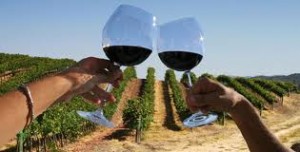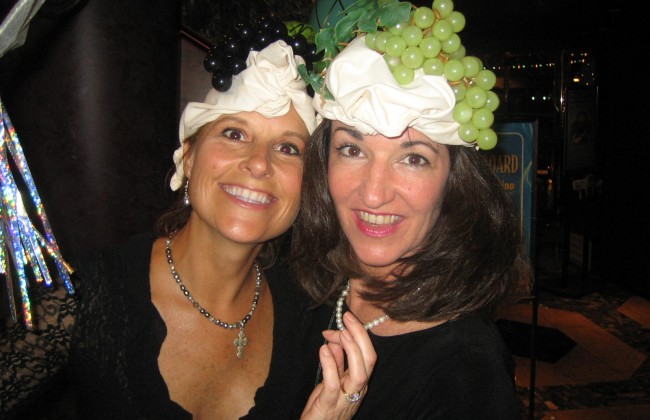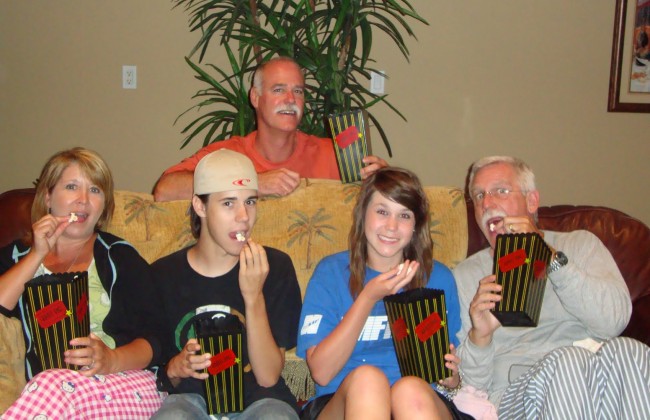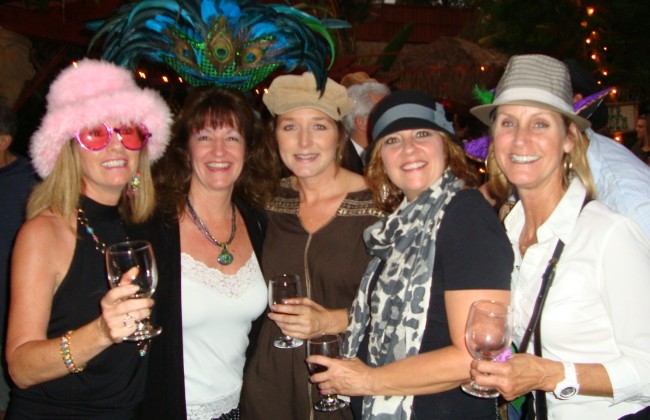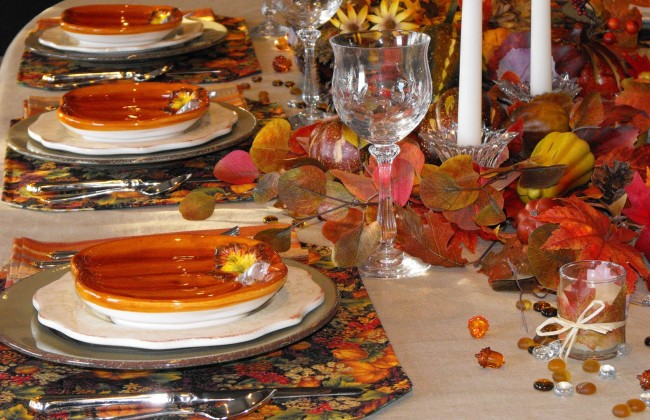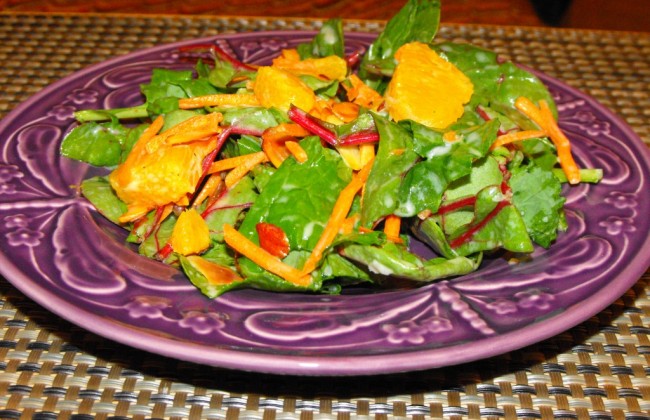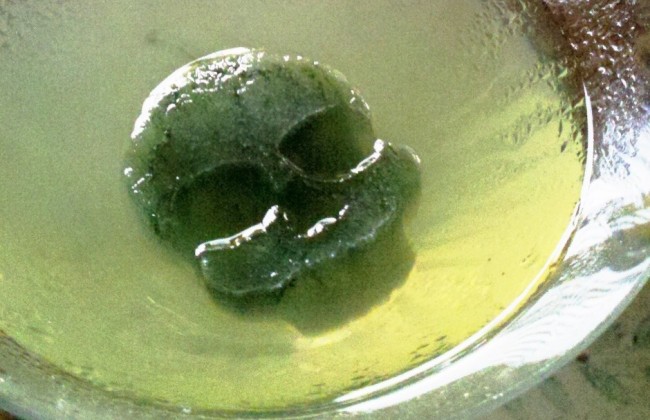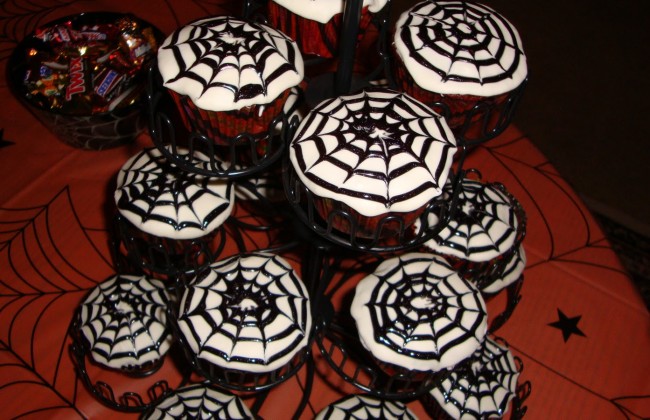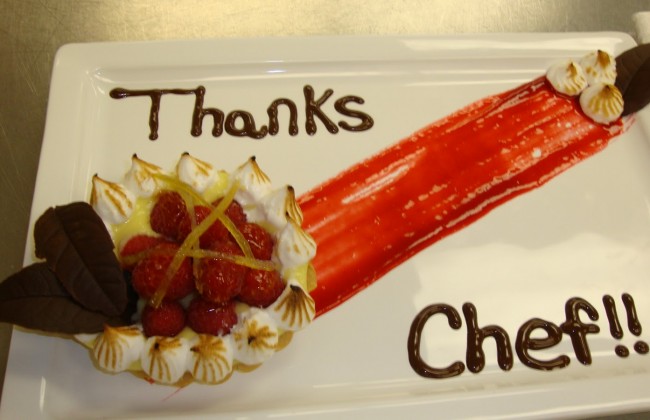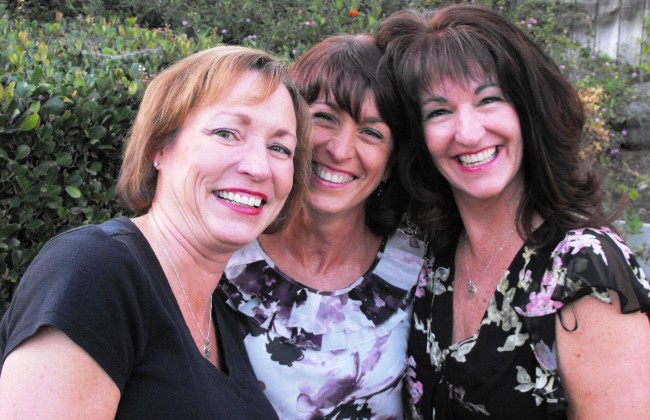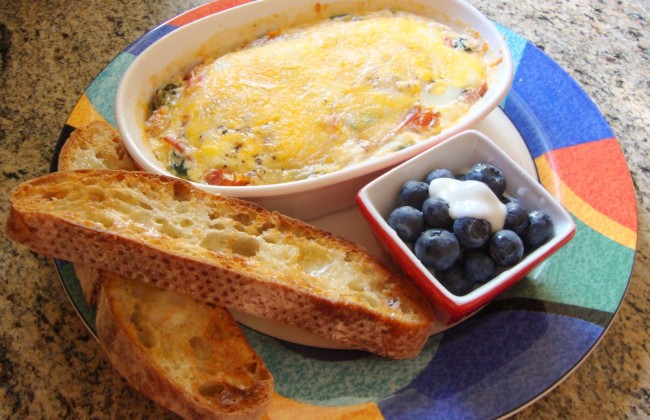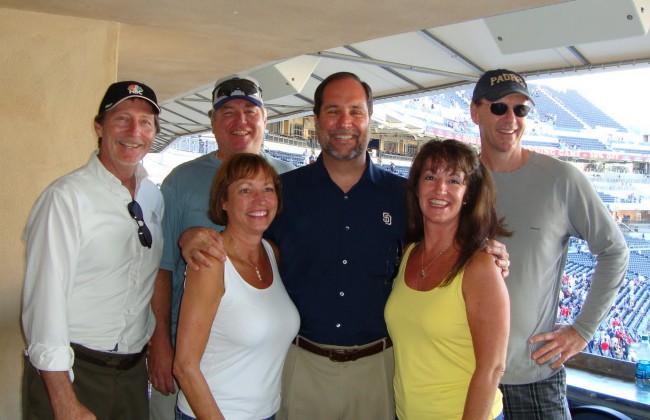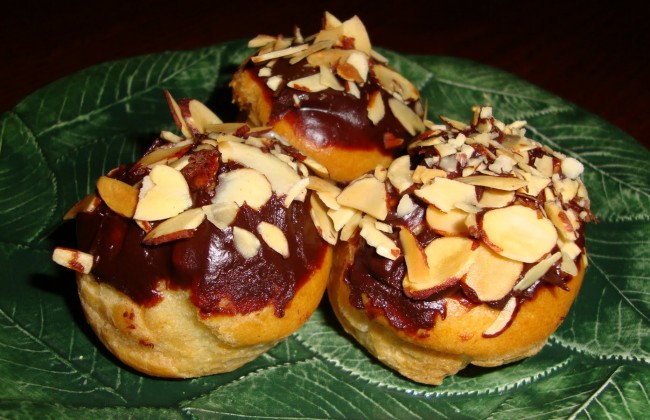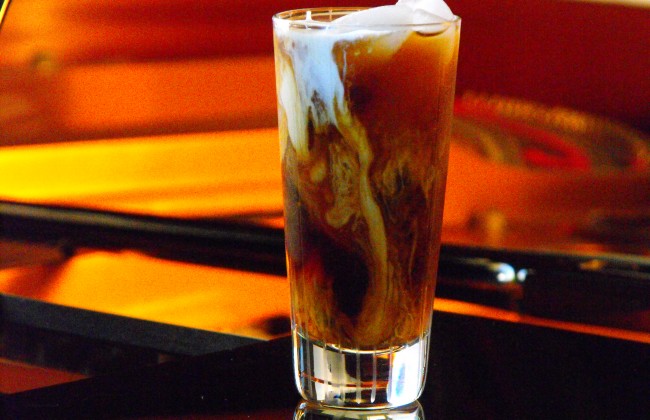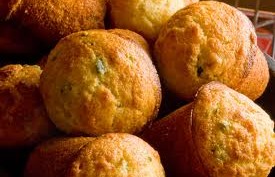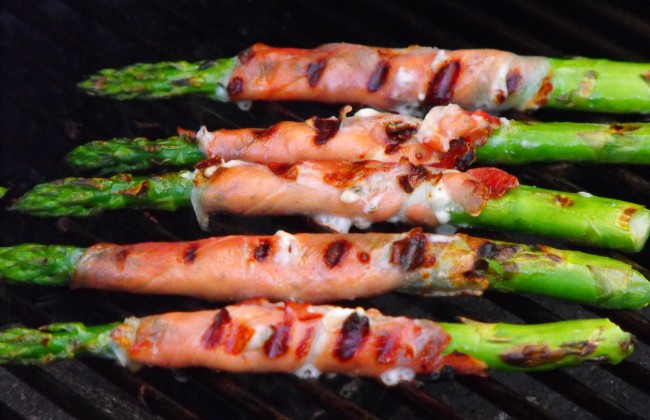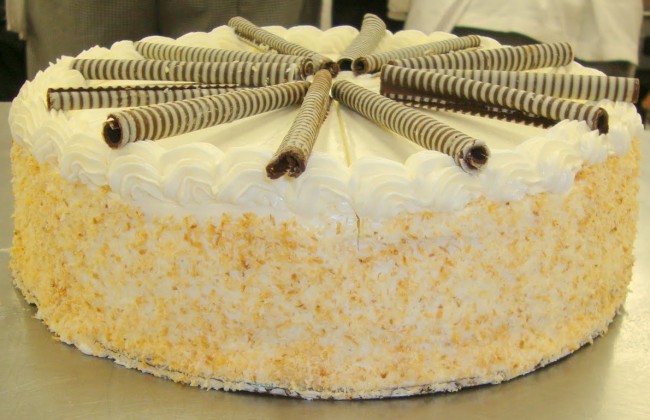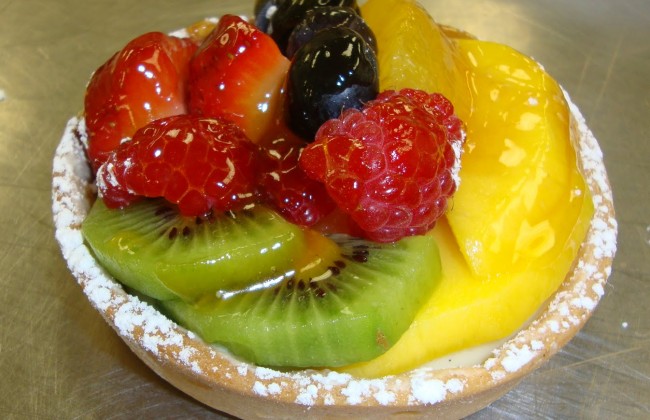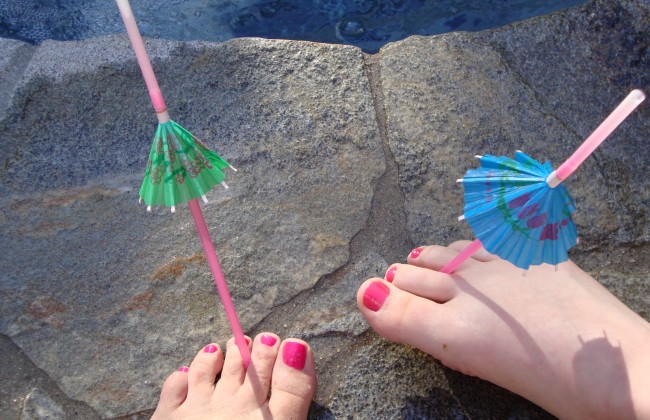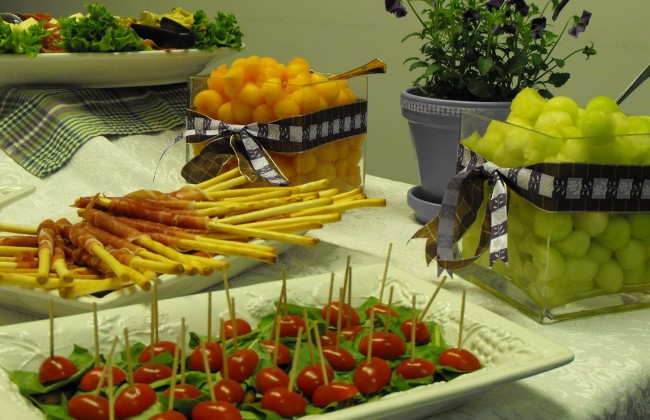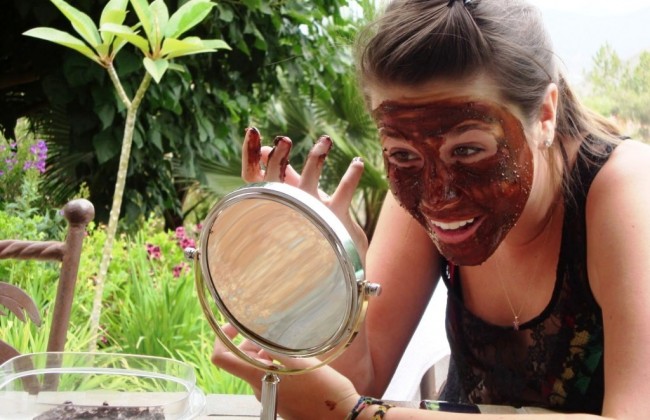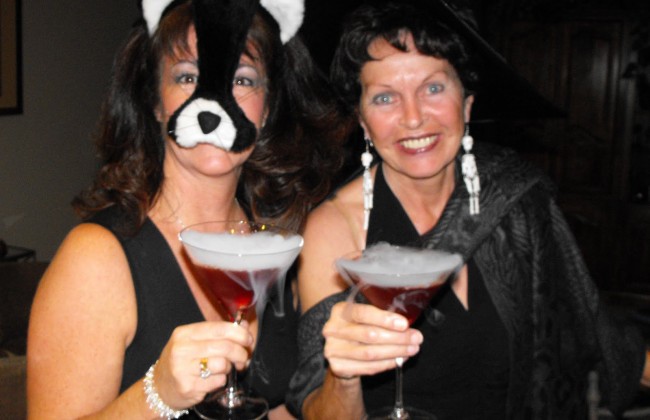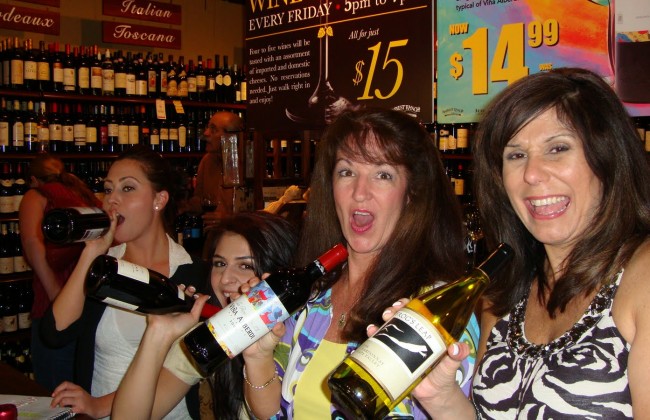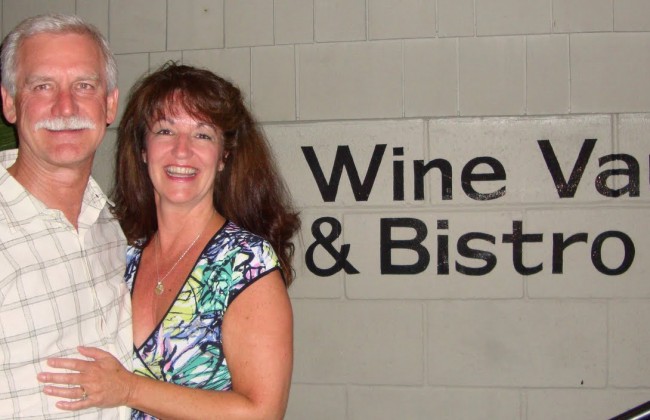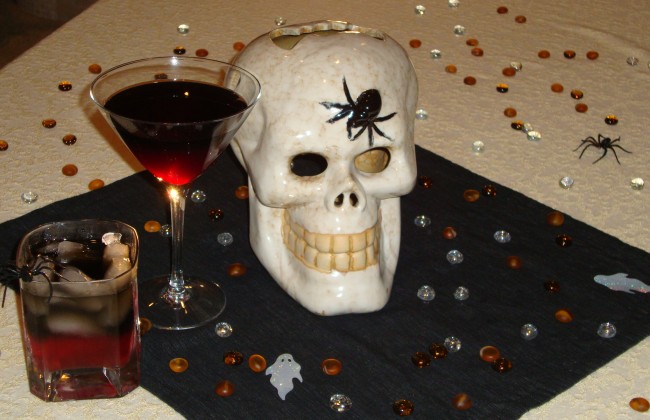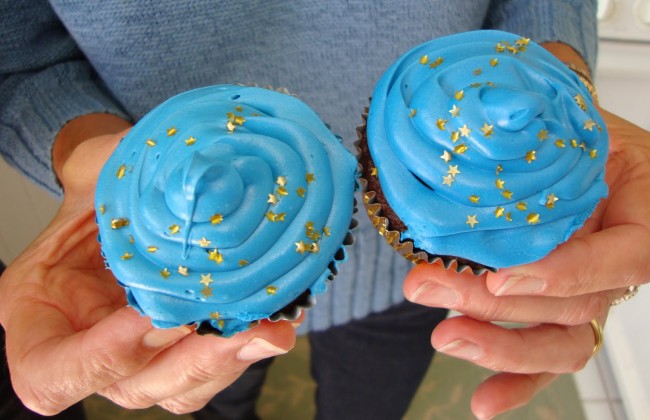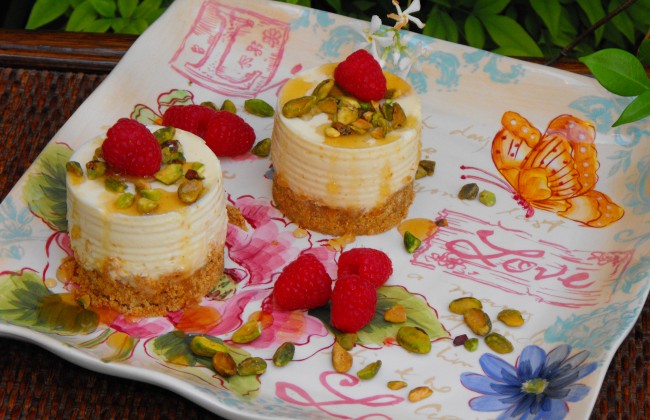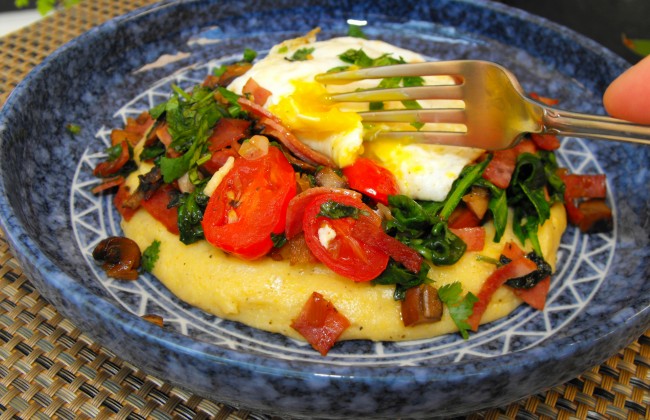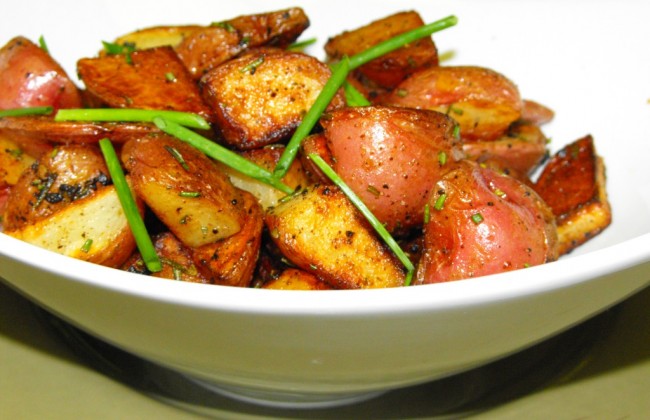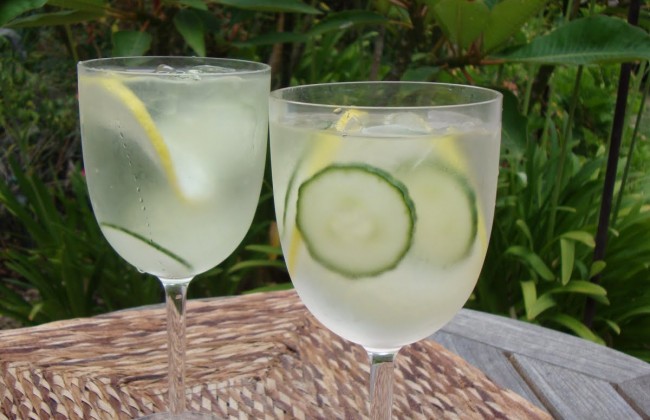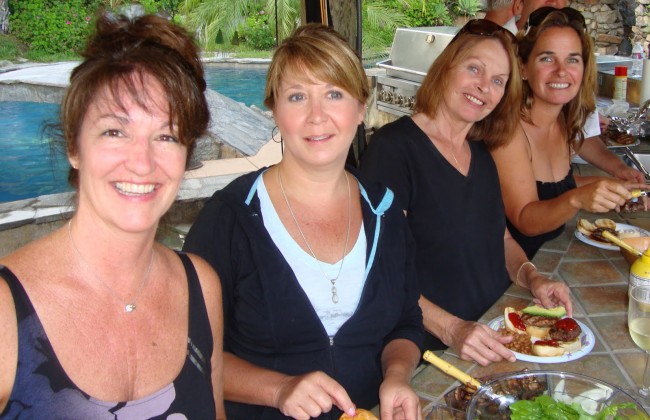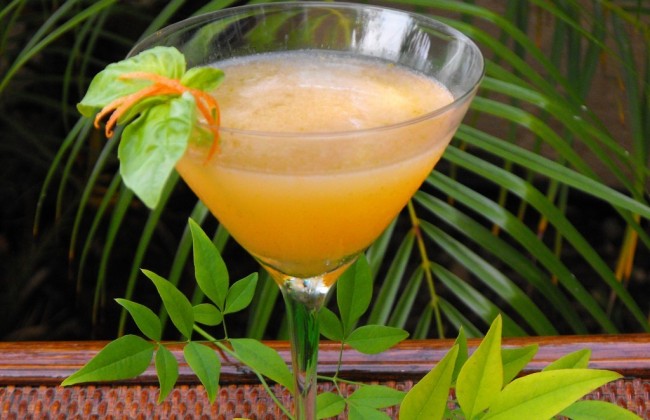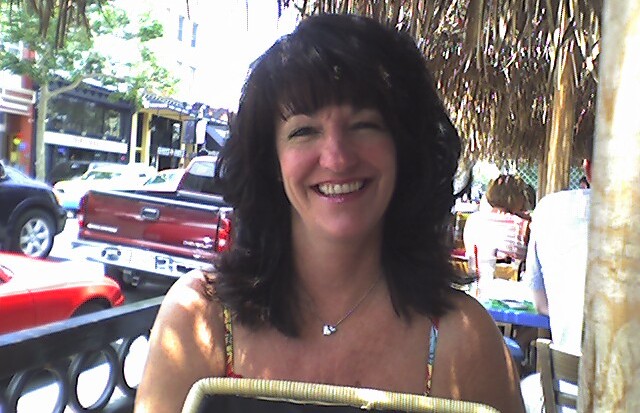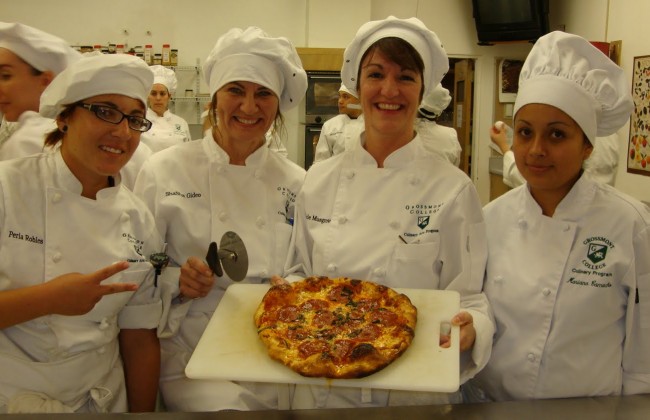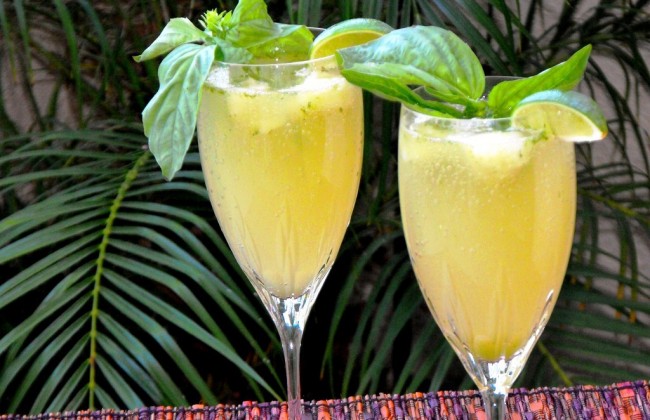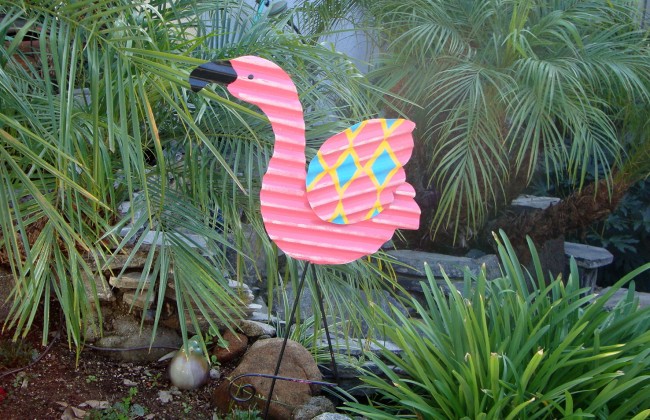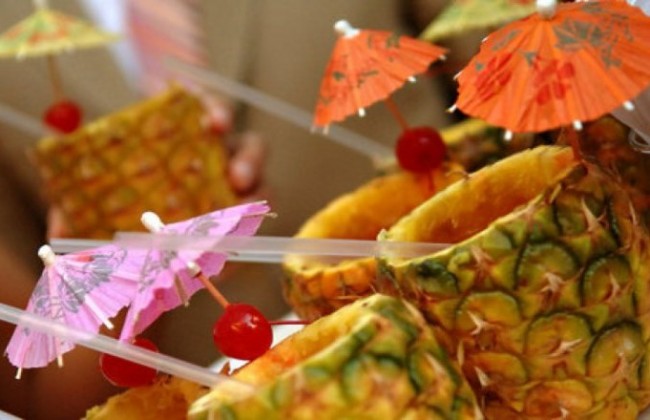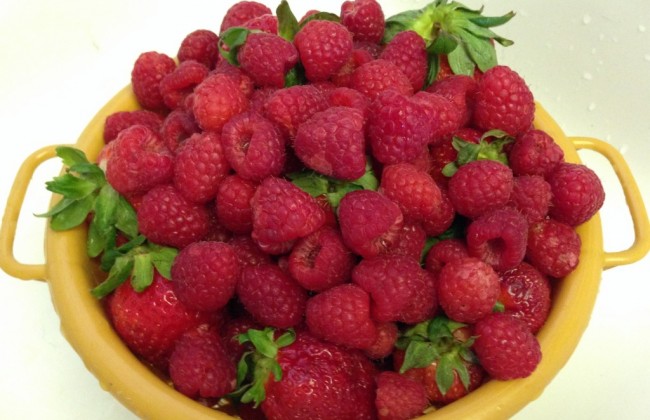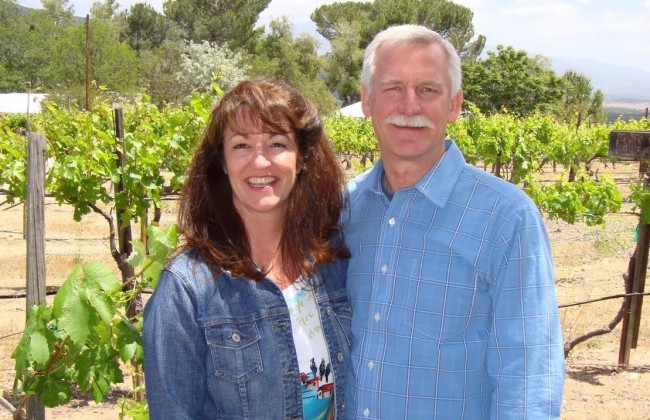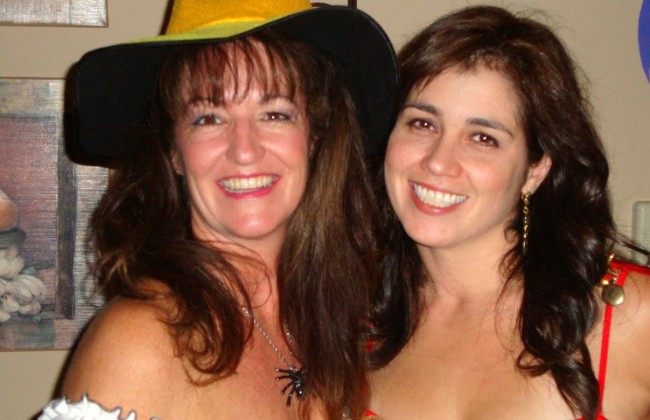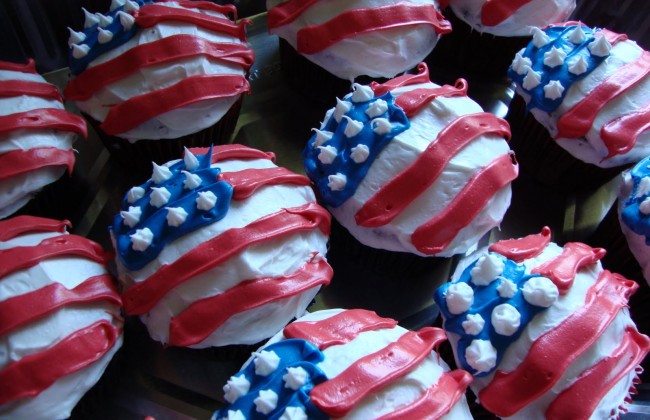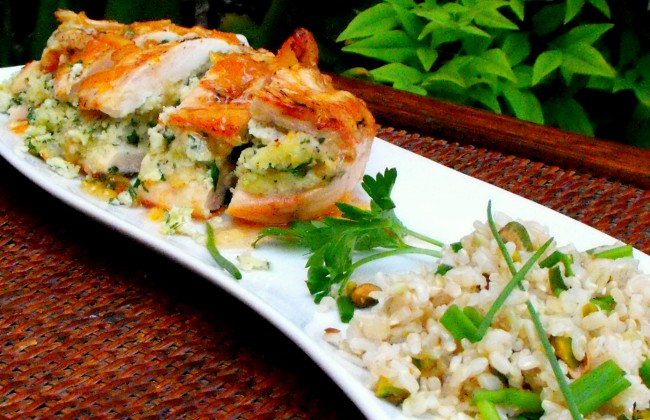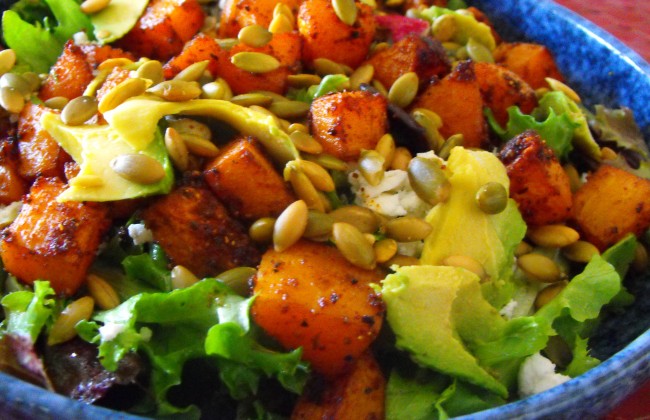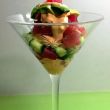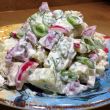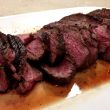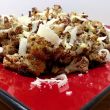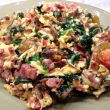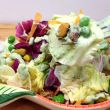Crush me, Squeeze me, Make me Wine! My husband and I are working on our “wine degree”! I know, hard work tasting all that wine, but someone has to do it. Harvest Season or “Crush” is the time of year when wineries begin to pick the grapes off the vines and start the process of turning those grapes into the wines we enjoy.
The crush begins in August through October in the Napa Valley and can vary depending on the weather. September is typically the height of the crush. You can smell the essence of the grapes hanging heavy in the air during this time like no other time in the valley. It is intoxicatingly wonderful!
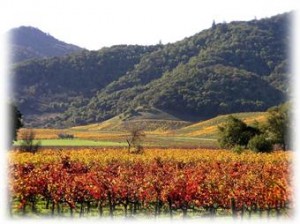 The leaves on the vines are beginning to change to bright red, yellow and orange providing a beautiful backdrop over the Napa Valley. Taking the tram up to the top of Sterling Vineyards allows you a view down the entire valley and seeing it bursting with color, akin to the New England fall colors, is breathtaking! Sterling Vineyards has great wine, great views, but a crappy website!
The leaves on the vines are beginning to change to bright red, yellow and orange providing a beautiful backdrop over the Napa Valley. Taking the tram up to the top of Sterling Vineyards allows you a view down the entire valley and seeing it bursting with color, akin to the New England fall colors, is breathtaking! Sterling Vineyards has great wine, great views, but a crappy website!
Recently my husband and I took a course called Wines of the World at our local community college, Grossmont College. The course was taught by Chef Dave McHugh and he took us on a tour of wine from California’s Central Coast to France, Germany, Italy, Australia, Argentina, Peru and back to California. We are so fortunate to live in California, one of the world’s greatest wine producing regions. You could spend a whole semester just learning about our wonderful wine. Chef Dave taught us how to enjoy and know a wine from the minute you laid eyes on it.
Here are some tips that will have you tasting like a wine connoisseur!
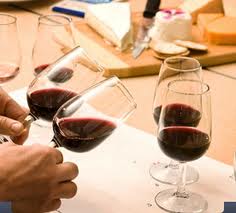 wine into a suitable wine glass. Yes, the glass shape does matter. Then take a good look at the wine. Tilt the glass away from you and check out the color of the wine from the rim edges to the middle of the glass (it’s helpful to have a white background – either paper, napkin or a white tablecloth).
wine into a suitable wine glass. Yes, the glass shape does matter. Then take a good look at the wine. Tilt the glass away from you and check out the color of the wine from the rim edges to the middle of the glass (it’s helpful to have a white background – either paper, napkin or a white tablecloth).
What color is it? If it’s a red wine is the color maroon, purple, ruby, garnet, red, brick or even brownish? If it’s a white wine is it clear, pale yellow, straw-like, light green, golden, amber or brown in appearance?
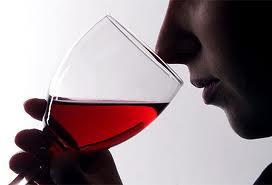 gently swirl your glass (this helps vaporize some of the wine’s alcohol and release more of its natural aromas) Now stick your nose down into the glass and take a deep inhale through your nose. What are your impressions? Do you smell oak, berry, flowers, vanilla or citrus? A wine’s aroma is an excellent indicator of its quality and unique characteristics. Gently swirl the wine and let the aromas mix and mingle, and sniff again.
gently swirl your glass (this helps vaporize some of the wine’s alcohol and release more of its natural aromas) Now stick your nose down into the glass and take a deep inhale through your nose. What are your impressions? Do you smell oak, berry, flowers, vanilla or citrus? A wine’s aroma is an excellent indicator of its quality and unique characteristics. Gently swirl the wine and let the aromas mix and mingle, and sniff again.
3. Taste: Finally, take a taste. Start with a small sip and let it roll around your tongue. There are three stages of taste: the Attack phase, the Evolution phase and the Finish.
The Attack Phase, is the initial impression that the wine makes on your palate. The Attack is comprised of four pieces of the wine puzzle: alcohol content, tannin levels, acidity and residual sugar. These four puzzle pieces display initial sensations on the palate. Ideally these components will be well-balanced, one piece will not be more prominent than the others. These four pieces do not display a specific flavor per se, they meld together to offer impressions in intensity and complexity, soft or firm, light or heavy, crisp or creamy, sweet or dry, but not necessarily true flavors like fruit or spice.
The Evolution Phase is next, also called the mid-palate or middle range phase, this is the wine’s actual taste on the palate. In this phase you are looking to discern the flavor profile of the wine. If it is a red wine you may start noting fruit – berry, plum, prune or fig; perhaps some spice – pepper, clove, cinnamon, or maybe a woody flavor like oak, cedar, or a detectable smokiness. If it is a white wine you may taste apple, pear, tropical or citrus fruits, or the taste may be more floral in nature or consist of honey, butter, herbs or a bit of earthiness.
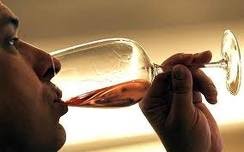 wine’s finish is how long the flavor impression lasts after it is swallowed. This is where the wine culminates, where the aftertaste comes into play. Did it last several seconds? Was it light-bodied (like water) or full-bodied (like the consistency of light cream)? Can you taste the remnant of the wine on the back of your mouth and throat? Do you want another sip or was the wine too bitter at the end?
wine’s finish is how long the flavor impression lasts after it is swallowed. This is where the wine culminates, where the aftertaste comes into play. Did it last several seconds? Was it light-bodied (like water) or full-bodied (like the consistency of light cream)? Can you taste the remnant of the wine on the back of your mouth and throat? Do you want another sip or was the wine too bitter at the end?
After you have taken the time to taste your wine, you might record some of your impressions. We use an application on our phones called Wine Snob to record our favorites so we can purchase another bottle later. If you enjoyed the wine, jot down the wine’s name, producer and vintage year for future reference.
Remember, practice makes perfect, and this is one task you will enjoy practicing, I guarantee it! Cheers!

